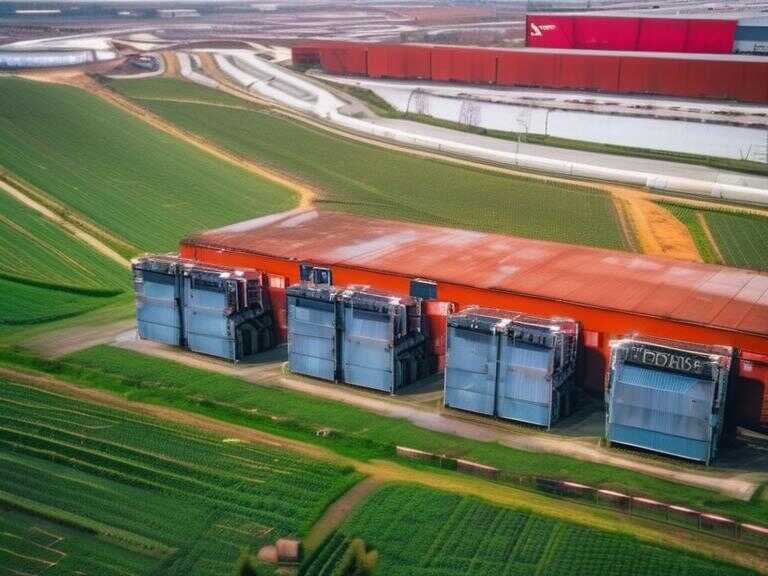
U.S. Military Completes Drain of Fuel From Tank That Poisoned Thousands in Hawaii
US military finished draining 104 million gallons of fuel from a Hawaii tank complex, addressing 2021's contamination crisis. New command ensures clean water and environmental restoration.

Environmental Crisis in Hawaii's Pearl Harbor
In 2021, a significant environmental crisis shook Hawaii's Pearl Harbor as jet fuel leaked into the drinking water, poisoning approximately 6,000 people. The U.S. military has since taken measures to address the situation and prevent further contamination of the water supply.
Joint Task Force Red Hill
The Joint Task Force Red Hill embarked on the crucial mission of defueling the underground tanks, successfully removing a staggering 104 million gallons of fuel. This task force also conducted extensive repairs on the aging pipe network to prevent future leaks, ensuring the safety of the surrounding environment.
New Leadership and Responsibilities
On a significant note, the Navy Closure Task Force-Red Hill, headed by Rear Adm. Stephen D. Barnett, has been entrusted with the responsibility of permanently decommissioning the tanks, initiating the cleanup of the affected area, and restoring the aquifer beneath Pearl Harbor.
Mission and Impact
Vice Adm. John Wade, commander of the tank-draining task force, emphasized the critical mission of the new task force, which is to ensure the expeditious closure of the facility, guaranteeing access to clean water for the community, and undertaking essential long-term environmental remediation efforts.
Community Concerns and Military Response
Facing mounting concerns about the safety of Honolulu's water supply, the U.S. military committed to draining the tanks in response to the outcry and apprehension triggered by the fuel spill. The tanks, strategically located to safeguard against aerial attack, are situated above an aquifer that serves as a water source for approximately 400,000 people in urban Honolulu, including the populous areas of Waikiki and downtown.
Impact on Residents and Naval Base
The contamination incident, a result of a series of errors, affected 93,000 individuals on and around the Pearl Harbor naval base. Reports emerged of adverse health effects such as nausea, vomiting, and skin rashes, prompting a thorough investigation by the Navy.
Immediate Actions and Long-Term Solutions
In response to the crisis, the Honolulu Board of Water Supply promptly ceased drawing water from the affected aquifer, aiming to prevent any further contamination of the municipal water system. The utility is actively seeking alternative water sources, as the Pearl Harbor aquifer previously supplied around 20% of the city's water consumption.
Share news















